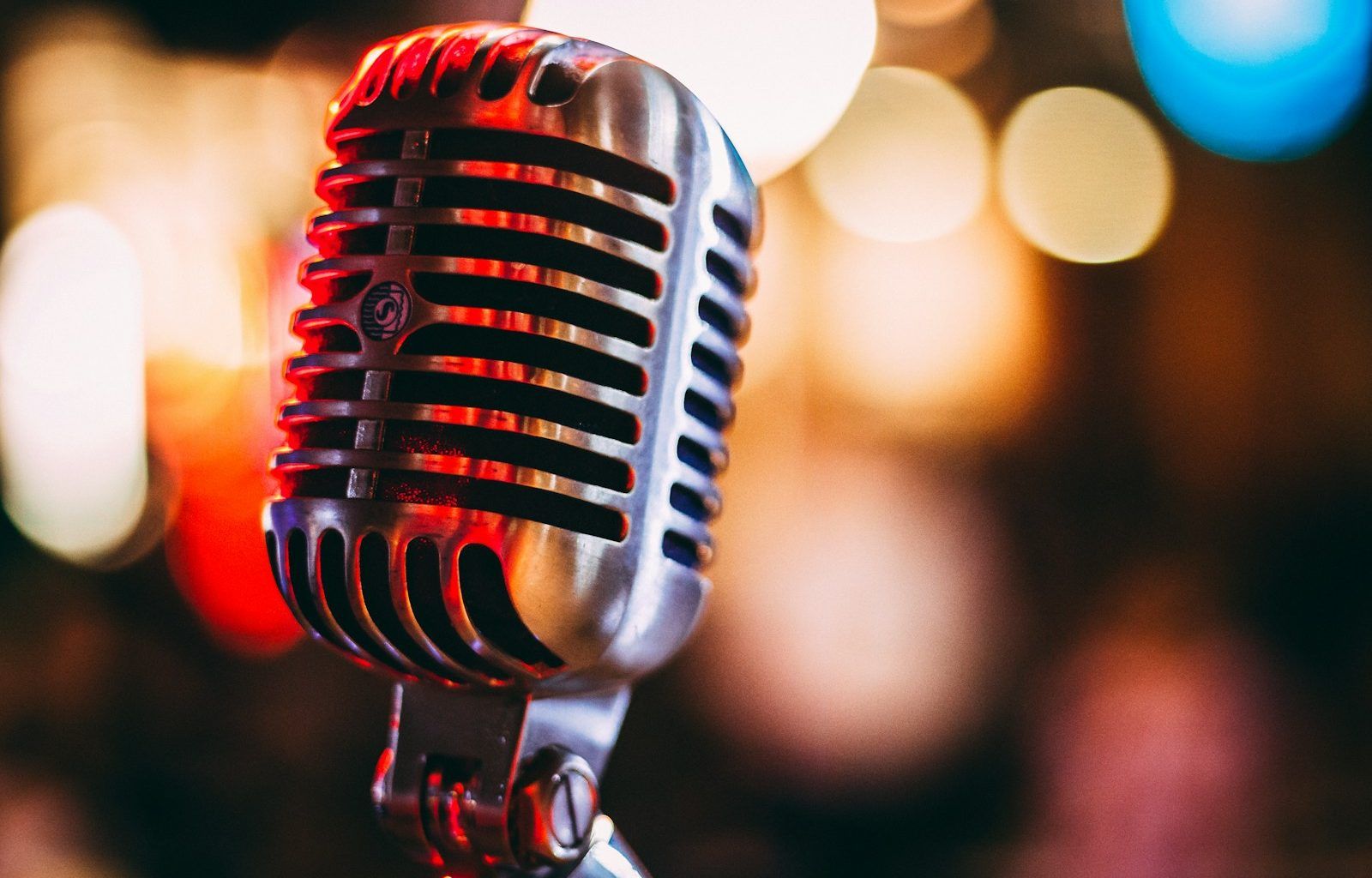Music has always been a powerful tool for expression, creativity, and storytelling. But, like any art form, it often sparks debates. One such debate revolves around the parental advisory label on music. This label, known for its bold black and white design, has become an iconic symbol in the music industry. But what does it really mean? Why is it there? Let’s dive deeper into the world of music parental advisory and what it means for artists, listeners, and parents.
What is the Music Parental Advisory Label?
The parental advisory label is a warning placed on music albums and tracks that contain explicit content. This content might include strong language, references to drugs, violence, or themes that some might find inappropriate for younger audiences. The idea behind the label is simple: to inform listeners, especially parents, about the nature of the content before they or their children listen to it.
You’ve probably seen it on album covers or streaming platforms. It’s a small label but carries a lot of weight in the music world. Over time, it has even become a badge of honor for some artists, symbolizing their raw and unfiltered creativity.
The History Behind the Parental Advisory Label
The story of the music parental advisory label begins in the 1980s. Back then, music was pushing boundaries, and lyrics were becoming more explicit. This caught the attention of concerned parents and organizations. One group, the Parents Music Resource Center (PMRC), played a significant role in advocating for some form of content labeling.
Their efforts led to a Senate hearing in 1985, where musicians and industry representatives debated the issue. The result? The music industry agreed to introduce a voluntary labeling system. Thus, the parental advisory label was born. Over the years, it’s been revised and adapted to fit the changing times and technologies.
Why Do Artists Use Explicit Content?
To understand the significance of the parental advisory label, we need to ask: why do artists include explicit content in their music? The answer often lies in their desire to reflect reality. Artists use their songs to share personal stories, comment on society, or highlight issues they feel passionate about.
Sometimes, these stories involve harsh truths that require strong language or imagery. For many artists, censoring these elements would dilute the message. They see the parental advisory label not as a limitation but as a way to ensure their message reaches the right audience.
For parents, the parental advisory label is a valuable tool. It helps them make informed decisions about what their children listen to. While music can be a great source of inspiration and learning, some content might not align with a family’s values or the child’s maturity level.
Parents can use the label as a starting point for discussions about music and its themes. Instead of outright banning certain albums or songs, they can talk to their kids about the lyrics and the artist’s intentions. This approach not only fosters understanding but also encourages critical thinking.
The Impact of Parental Advisory on the Music Industry
The parental advisory label has had a mixed impact on the music industry. On one hand, it provides transparency for consumers. On the other hand, it has sparked debates about censorship and artistic freedom. Some artists feel that the label unfairly targets certain genres, like hip-hop or heavy metal, while leaving others unmarked.
Interestingly, the label has also become a marketing tool. Albums with the parental advisory label often attract more attention, especially among teenagers. For many, it’s a sign of rebellion and authenticity. This unintended effect has made the label both a warning and a badge of honor.
How Streaming Platforms Handle Explicit Content
In today’s digital age, music is more accessible than ever. Streaming platforms like Spotify, Apple Music, and YouTube have their own ways of handling explicit content. Most platforms label tracks with explicit content, allowing users to filter or avoid them if they wish.
Some platforms even offer parental controls, making it easier for parents to manage what their children listen to. However, the effectiveness of these measures depends on how well they’re used. Open communication between parents and children remains crucial.
Beyond its role as a warning, the parental advisory label raises questions about social responsibility. Should artists tone down their lyrics for younger audiences? Should parents take more initiative in monitoring their children’s media consumption?
There’s no one-size-fits-all answer. Artists have the right to express themselves, and parents have the responsibility to guide their children. Striking a balance between these two can help create a more understanding and inclusive environment.
The Future of Music Parental Advisory
As music evolves, so will the parental advisory label. With the rise of new genres and technologies, the way we define and label explicit content might change. For instance, virtual reality and AI-driven music experiences could bring new challenges and opportunities for content regulation.
At the same time, the conversation about censorship, artistic freedom, and social responsibility will continue. By staying informed and engaged, we can navigate these changes while respecting everyone’s perspectives.
Why It Matters
In the end, the music parental advisory label is more than just a sticker. It represents a broader conversation about art, freedom, and responsibility. Whether you’re an artist, a parent, or a music lover, understanding this label helps you make better choices and appreciate the power of music.
By staying informed and open-minded, we can ensure that music remains a source of inspiration and connection for everyone.
For further reading, explore these related articles:
- The Story of Kesha: A Journey of Music, Strength, and Inspiration
- Exploring the World’s Smallest Speaker: Tiny but Powerful!
For additional resources on music marketing and distribution, visit Deliver My Tune.






